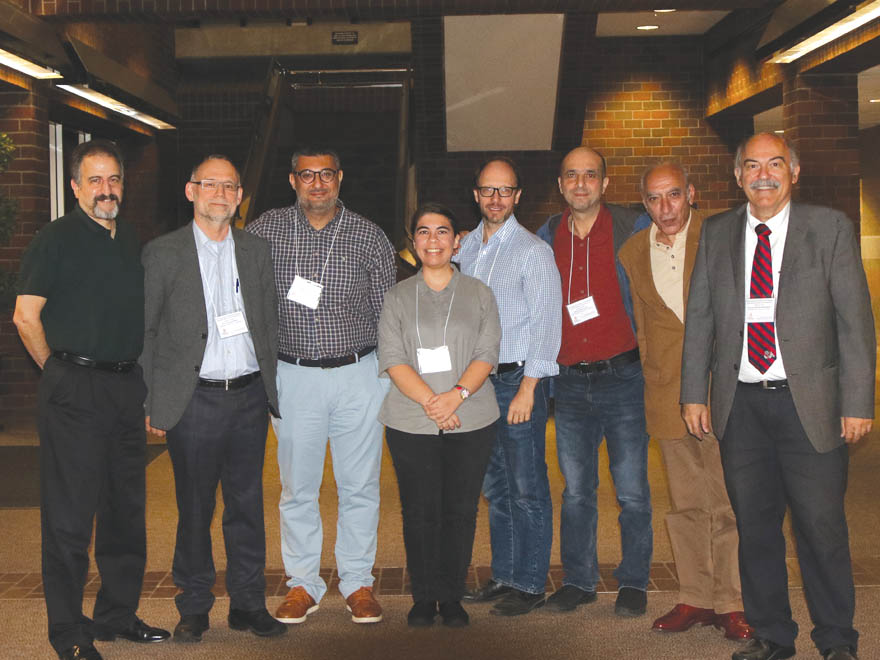
Ümit Kurt, Duygu Coşkuntuna, Dr. Sergio La Porta, Dr. Yektan
Türkyilmaz, Dr. Raymond Kevorkian, and Prof. Barlow
Der Mugrdechian. Photo: Andrew Hagopian
Staff Report
The Armenian Studies Program held an international conference on “The Committee of Union and Progress: Founders, Ideology, and Structure” on Friday, October 12, and Saturday, October 13, 2018 on the Fresno State campus.
The Conference focused on the Committee of Union and Progress, who were the political leaders of Ottoman Turkey throughout most of the period 1908-1915. On the eve of World War I and the Armenian Genocide they had become the virtual political dictators of Ottoman Turkey. The decision-making processes and ideology of the CUP were to have drastic consequences for citizens of the Ottoman Empire and for the Armenians in particular. The conference participants analyzed and discussed various aspects of the CUP and also its relationships with the Armenians.
Armenian Studies Program Coordinator Prof. Barlow Der Mugrdechian and Dr. Ümit Kurt (Van Leer Institute, Jerusalem) co-organized the Conference. The Thomas A. Kouymjian Family Foundation, the Leon S. Peters Foundation, and the M. Victoria Kazan Fund for Armenian Studies provided support for the Conference.
Prof. Der Mugrdechian convened the Conference on Friday, October 12, and gave opening remarks outlining the background of the topic.
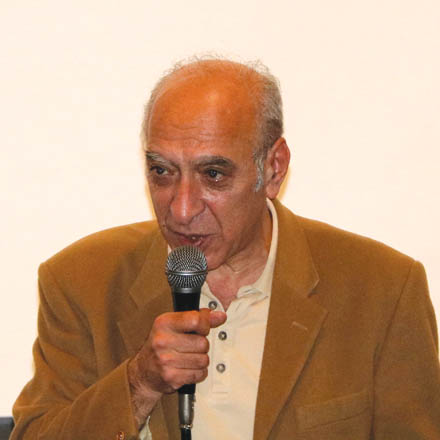
The keynote address was given by Dr. Raymond Kevorkian (Université Paris VIII, Saint-Denis [Emeritus]) on “The Young Turk Regime: Ideology in Command.” Kevorkian, who penned the authoritative The Armenian Genocide: A Complete History (2011) discussed certain aspects of the ideology that prevailed among Young Turks, observing in particular that the need for a centralized state was, for them, a fundamental and unquestionable principle. In particular Kevorkian developed the concept of how the CUP viewed the relationship between the state and army, and of society and the state.
Dr. Hans-Lukas Kieser (University of Newcastle, Australia) presented his paper on “Talaat Pasha and Ziya Gökalp.” Both Talaat and Gökalp played a fundamental role in the development of the CUP ideology. Gökalp was the spiritual father of Turkish nationalism, whose impact is still being felt in Turkey. Dr. Keiser elaborated on the political friendship and interaction between these two leaders.
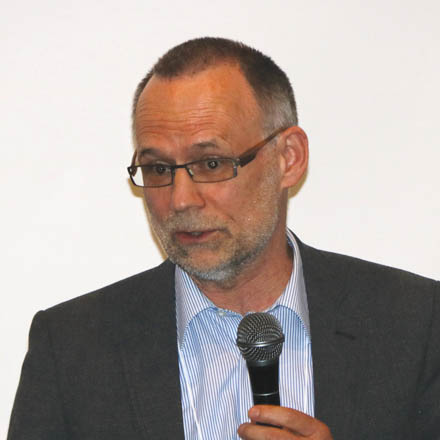
Dr. Kieser explored Gökalp’s impact on nationalism in the Republic of Turkey, both before and after World War I. He provided an in-depth study on Gökalp in the 1910s, when he promulgated the ideology of pan-Turkism which was adopted by the CUP. After 1923 Pan-Turkism became meaningless in its territorial dimension, but Dr. Keiser argued that Kemal Atatürk’s “Turkish History Thesis” was strongly influenced by it.
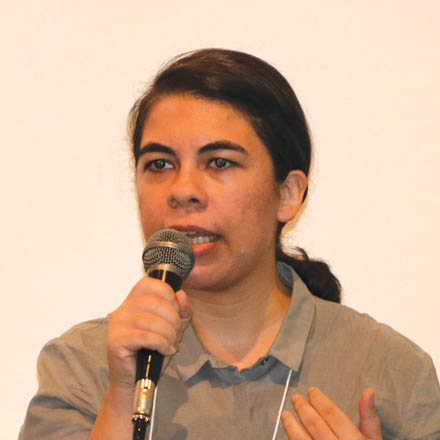
Duygu Coşkuntuna (Princeton University) spoke on “Homeland and Nation Revisited: A Discourse Analysis of the Memoirs of the Young Turks.” Her talk sought to explain the frame of mind of the CUP from 1908-1918. She utilized their memoirs, and the memoirs of their contemporaries in her research. Coşkuntuna discussed the establishment of the CUP concept of “homeland,” emphasizing the vagueness of its imagined boundaries. She provided a framework for the “making” of Turkishness and the results of that concept.
The second session of the Conference took place on Saturday, October 13, and was chaired by Dr. Sergio La Porta, Berberian Professor of Armenian Studies at Fresno State.

Yektan Türkyılmaz (Forum Transregionale Studien, Berlin) gave his presentation on “Evaluating the Determinants of the Variations in the CUP and ARF Relationships across the Provinces.” His paper explored the close contacts and even cooperation between the perpetrator political organization (the CUP) and the most prominent political organization of the victim group (the ARF). These relationships and interactions were experienced not in a unitary and stagnant fashion, but in a rather diversified and gradually transforming manner. Dr. Türkyilmaz drew on ARF, Ottoman, British and missionary archival documents, periodicals and memoirs for his paper.
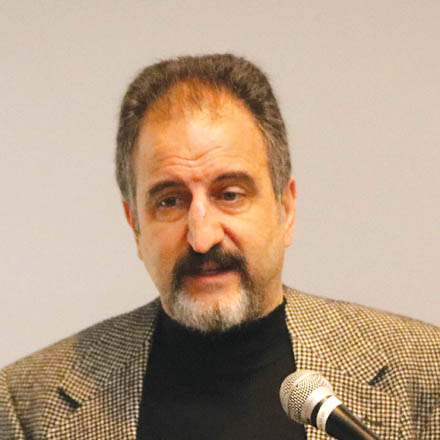
Dikran Kaligian (Worcester State University) spoke on “When Revolutionaries Must Govern: The Vicissitudes of ARF-CUP Relations.” After the Young Turk Revolution of 1908 the Committee of Union and Progress gradually took control of the government of the empire, and began working with the Armenian Revolutionary Federation, both in Parliament and in the countryside. Dr. Kaligian discussed the often-contentious relations between the two parties as the CUP attempted to generate public support for the constitutional system in the face of reactionary opposition while the ARF pursued rights and reforms for the Armenian community.
Ümit Kurt (Van Leer Institute, Jerusalem) presented his paper on “The Structure of the CUP in Aintab.”
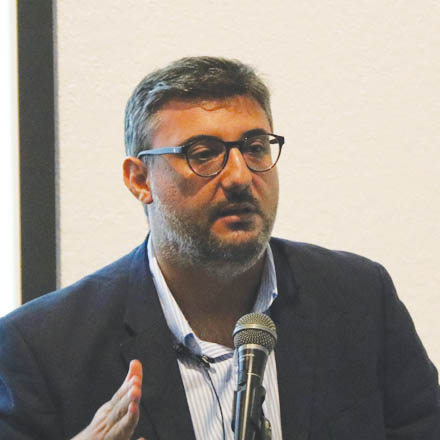
Dr. Kurt’s talk focused on how the Turks, Kurds, Arabs, Armenians, Greeks, and Jews of Aintab greeted the Committee of Union and Progress’ (CUP) declaration of the Second Constitutional Era and the restoration of the Constitution and the Parliament on 24 July 1908 with excitement and much hope.
Dr. Kurt first examined the structure of the Aintab CUP branch, its organizational for-mation, members and relationship with the Armenian Revolutionary Federation in the city. He also explored the nature of the relationship between Armenians and Muslims in the pre-World War I period.
The scholars who participated in the international conference “The Committee of Union and Progress: Founders, Ideology, and Structure” brought new insight into the CUP. Their research will be the basis for future studies on the topic.
 Hye Sharzhoom Armenian Action
Hye Sharzhoom Armenian Action